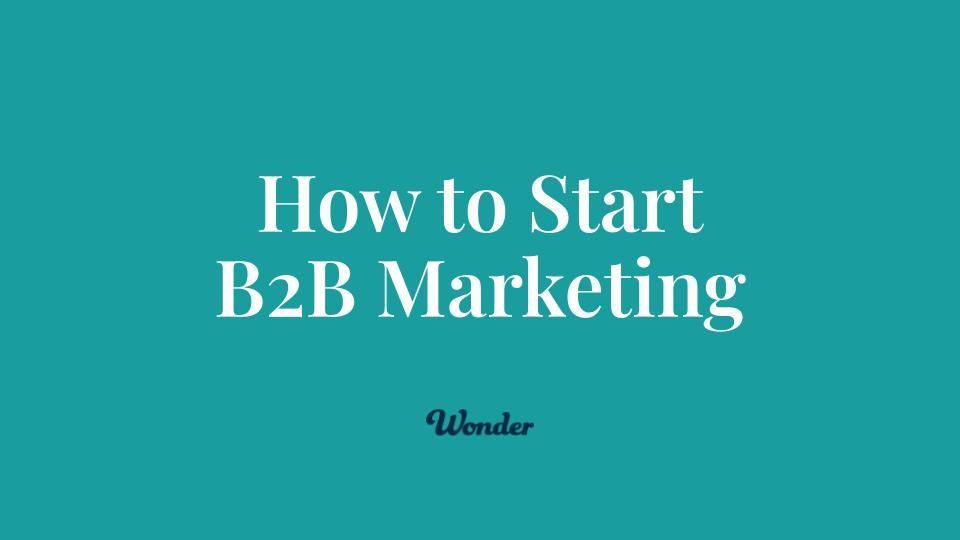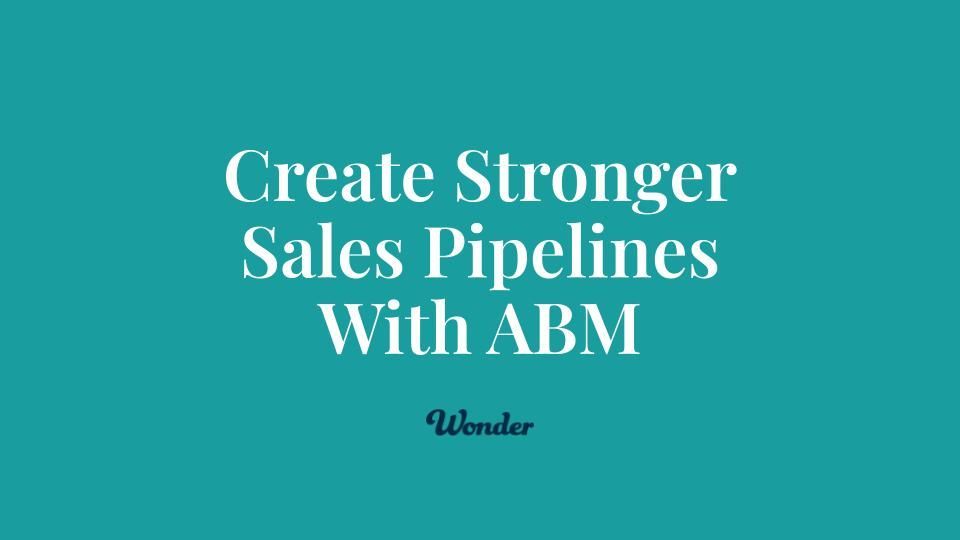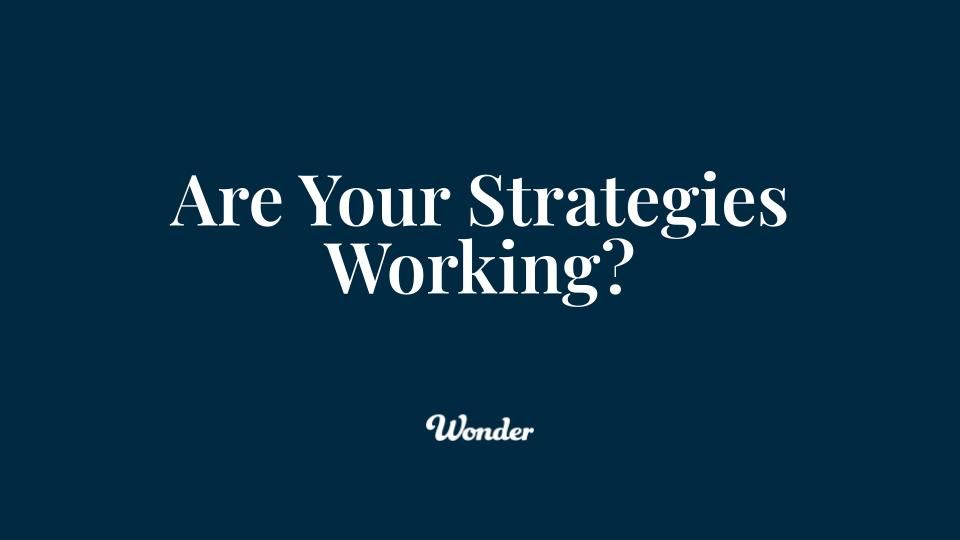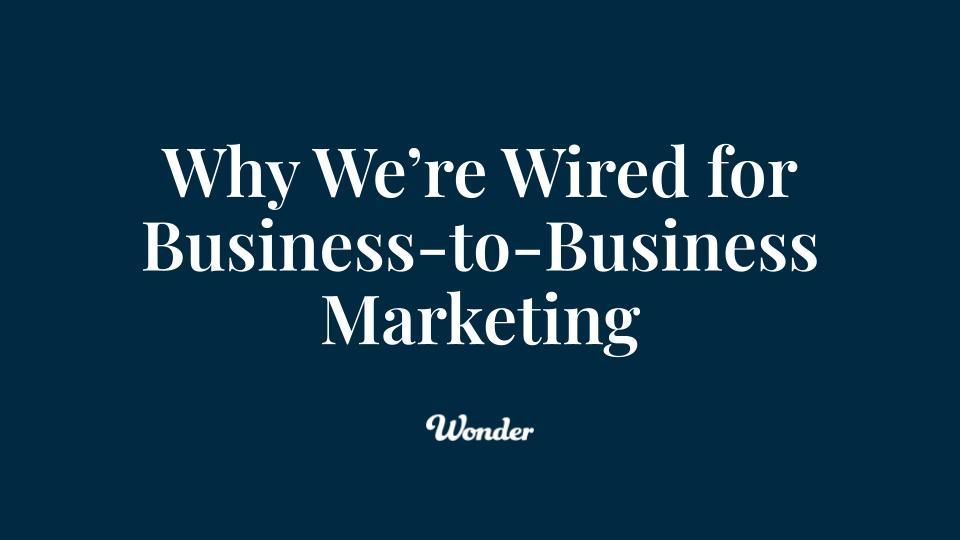How to Create Your EOS® Core Processes
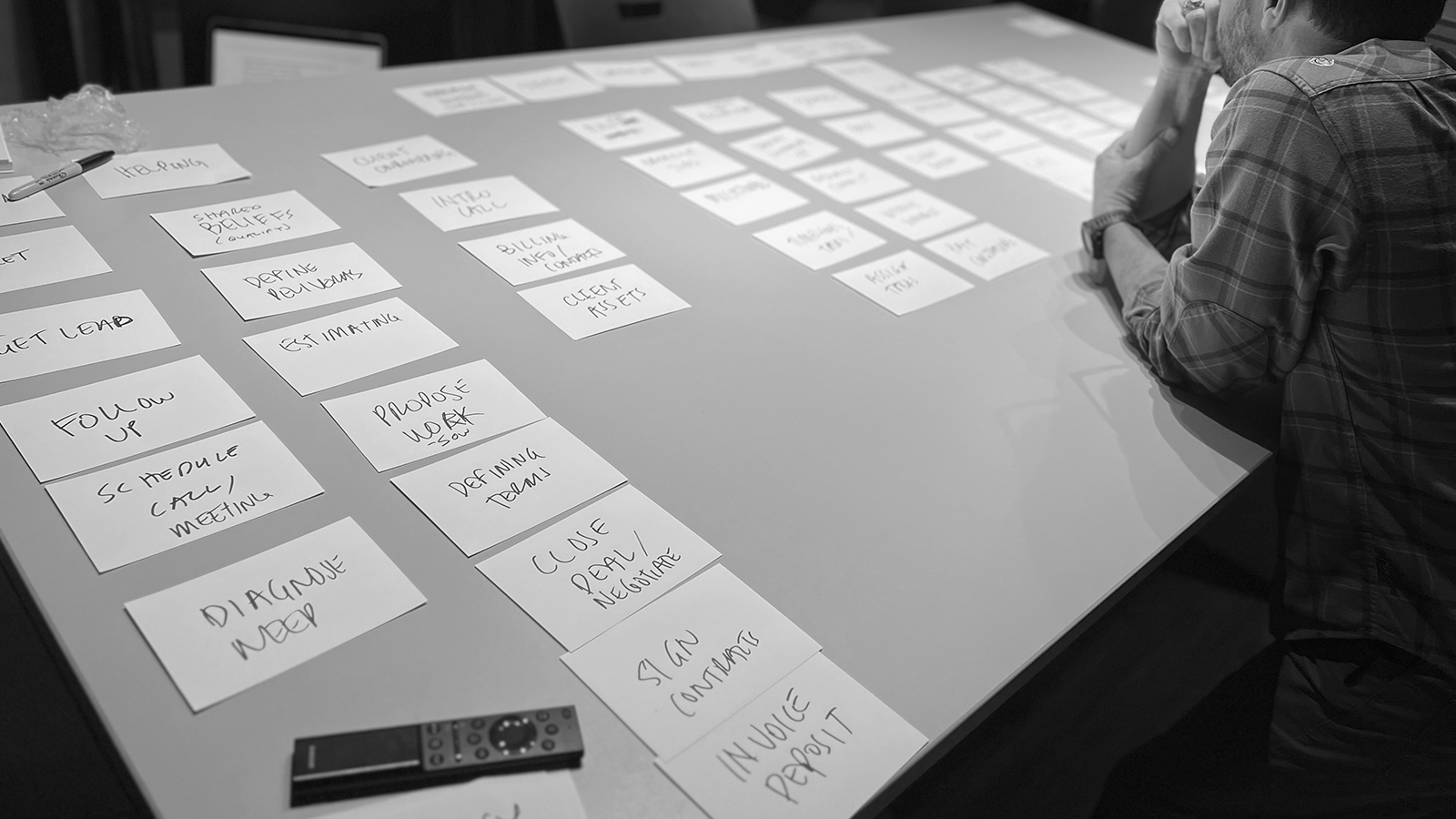
If your business is running on EOS®, you already understand the importance of clarity and alignment in your operations. One of the most powerful tools within the EOS framework is the identification and documentation of your Core Processes. These processes serve as the foundation of how your business runs, ensuring efficiency, consistency, and scalability.
Creating your Core Processes can seem daunting at first, but with the right approach, it can be both insightful and empowering. At Wonder, our own journey to define and systemize our 12 Core Processes has allowed us to achieve operational clarity and deliver consistent results for our clients.
Start with Two Postcards: "Sold" and "Collected Payment"
Every business operates between two key moments: when a product or service is sold and when payment is collected. These two moments form the bookends of your operational workflow. Your task is to map out the high-level steps that happen between these points.
This exercise doesn’t require diving into every granular detail. Instead, focus on defining the broad, high-level actions your team takes to move from "Sold" to "Collected Payment."
Wonder's 12 Core Processes
At Wonder, we’ve broken our business operations into 12 distinct processes. Each is a critical piece of our Proven Process, ensuring that we deliver consistent value to our clients. Here’s an overview of our Core Processes:
- Marketing - Positioning, generating leads, and nurturing prospects to create opportunities.
- Selling - Engaging prospects, defining solutions, presenting proposals, and closing deals.
- Onboarding - Setting up new clients with clear communication, billing, and preparation for success.
- Planning - Opening jobs, defining deliverables, and assigning tasks with clear milestones and timelines.
- Strategy - Gaining client insights, developing a creative brief, and initiating internal kickoff processes.
- Concepting - Generating big ideas through brainstorming, mock-ups, and client reviews to finalize creative direction.
- Creating - Drafting, designing, and preparing marketing materials, ensuring they meet client expectations.
- Producing - Finalizing deliverables, ensuring quality assurance, and delivering the finished product to the client.
- Closing - Wrapping up projects, archiving files, and collecting client feedback for continuous improvement.
Supporting Processes
Surrounding these nine core processes are three critical support areas:
- Growing Clients - Managing strategic planning, upselling opportunities, and maintaining long-term client relationships.
- Resourcing - Allocating budgets, timelines, and resources while coordinating contractor involvement.
- Finance - Overseeing financial onboarding, accounts receivable, accounts payable, payroll, and legal processes.
These surrounding processes ensure the infrastructure is in place to support your core business functions and growth.
We use a Google Slides Template and we review the Core Processes monthly with our team and reference them weekly in our L10 meetings. When we have an issue, we identify where and then align on who actually owns that step in the process. We all provide discussion and give feedback, but the buck stops with the owner of that specific process.
Here’s what our Core Processes look like today:
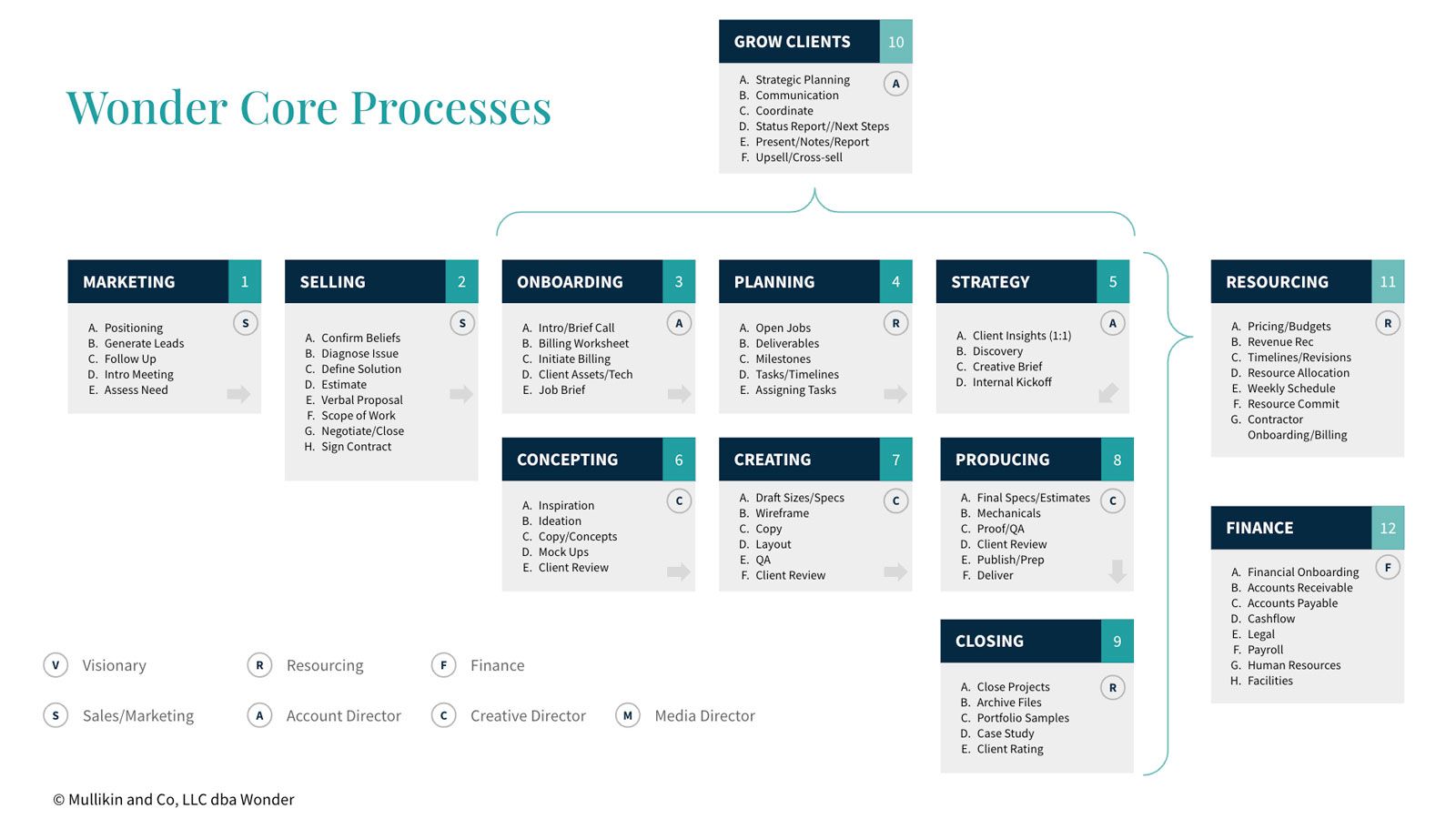
This framework didn’t appear overnight—it came from workshop sessions, collaboration, and iteration. By starting with high-level categories and refining them over time, we were able to create a repeatable system that aligns our team and ensures consistent results. It's the backbone to all of our other EOS tools.
Workshop Your Core Processes with Your Leadership Team
Mapping out your Core Processes is best done collaboratively with your leadership team. Start with the "Sold" and "Collected Payment" postcards, then work together to identify the high-level steps in between. Use Wonder’s 12 Core Processes as inspiration to capture the unique processes that define your business.
Remember, the goal isn’t to create a perfect, detailed manual on day one. Start by capturing the major steps, then refine and systemize over time.
Need Help Mapping It Out?
If you’re ready to tackle your Core Processes but aren’t sure where to start, we can help. At Wonder, we specialize in facilitating Core Process Workshops to help EOS-driven companies like yours clarify their processes and build a foundation for scalability.
Let’s make it happen — contact us to here about our Core Process Workshops.
